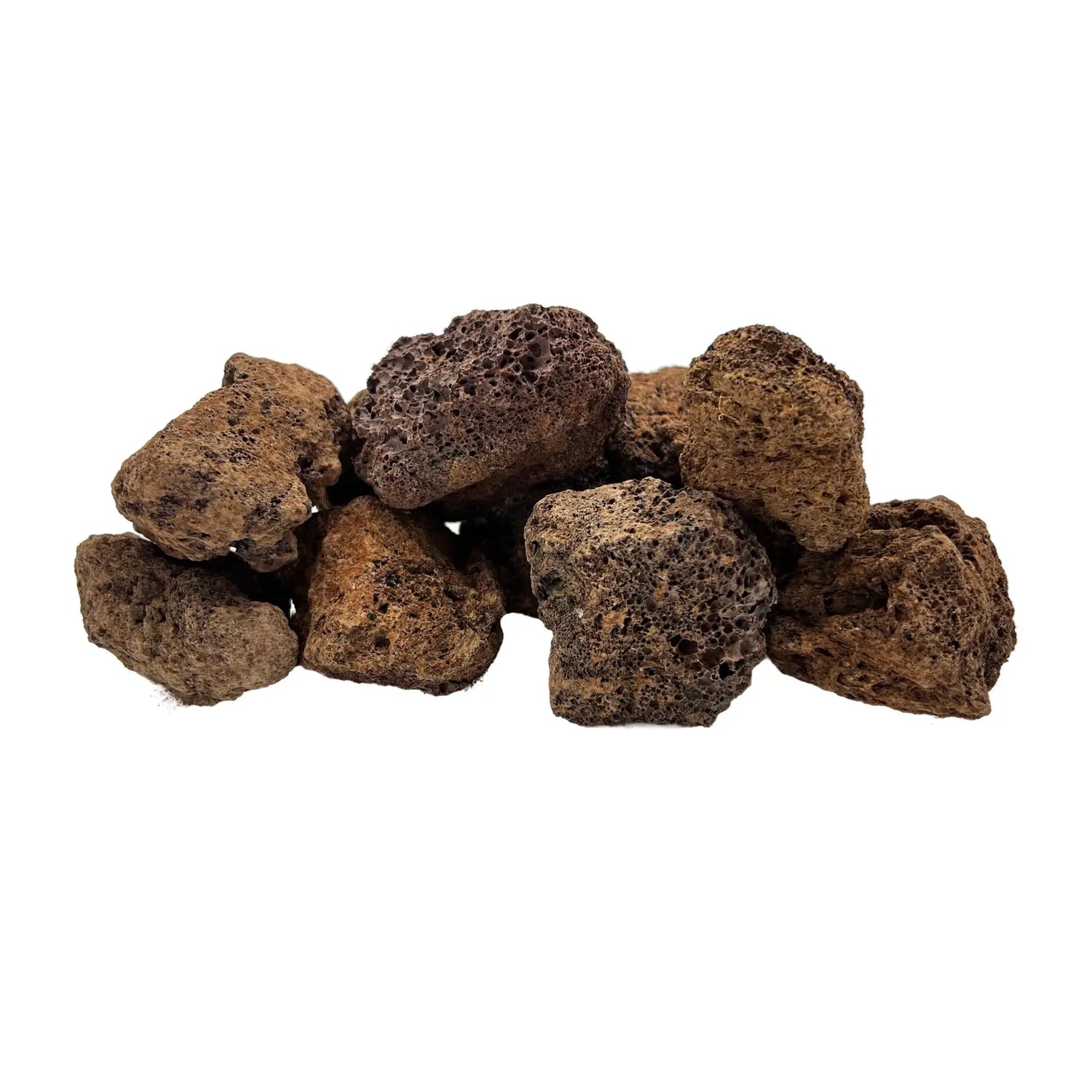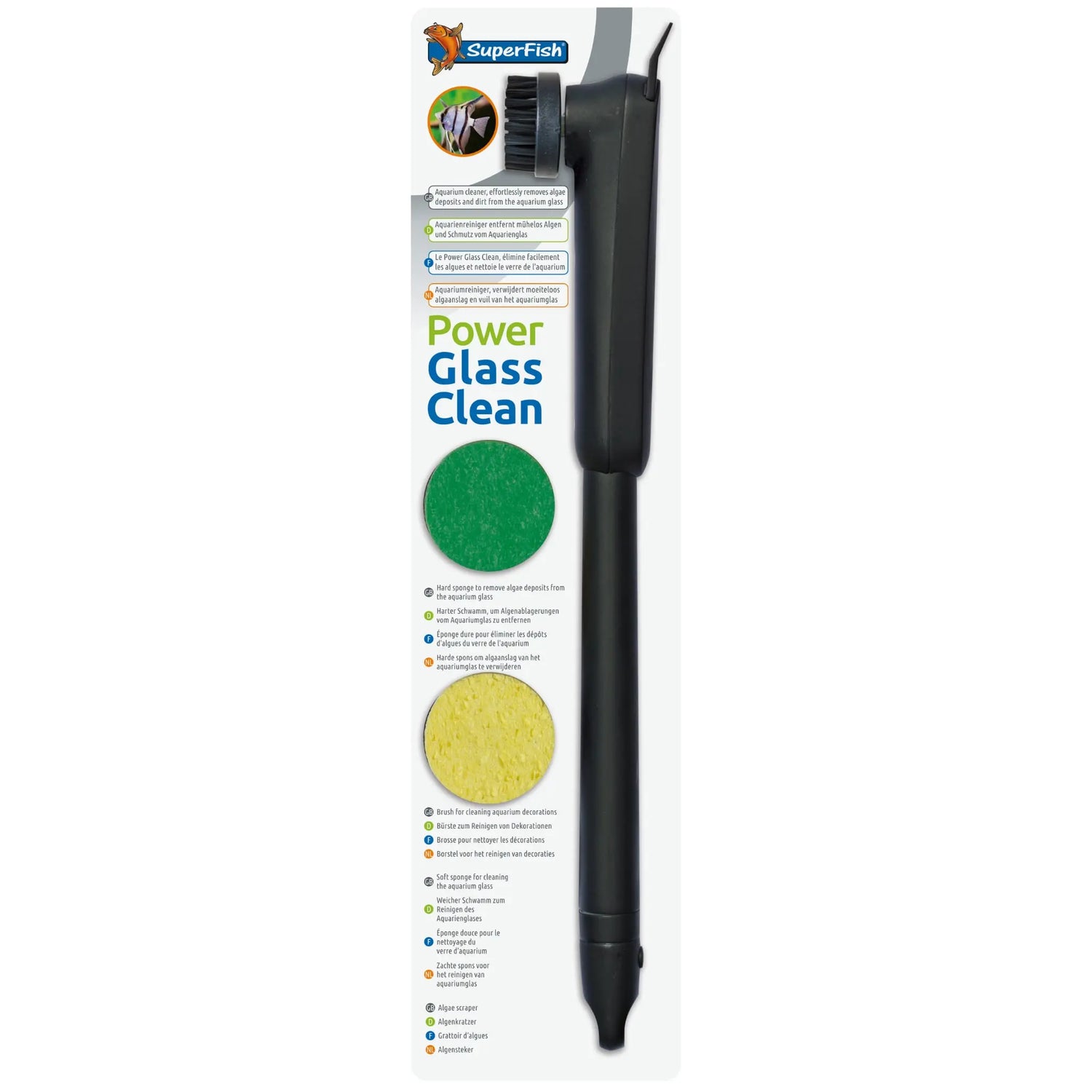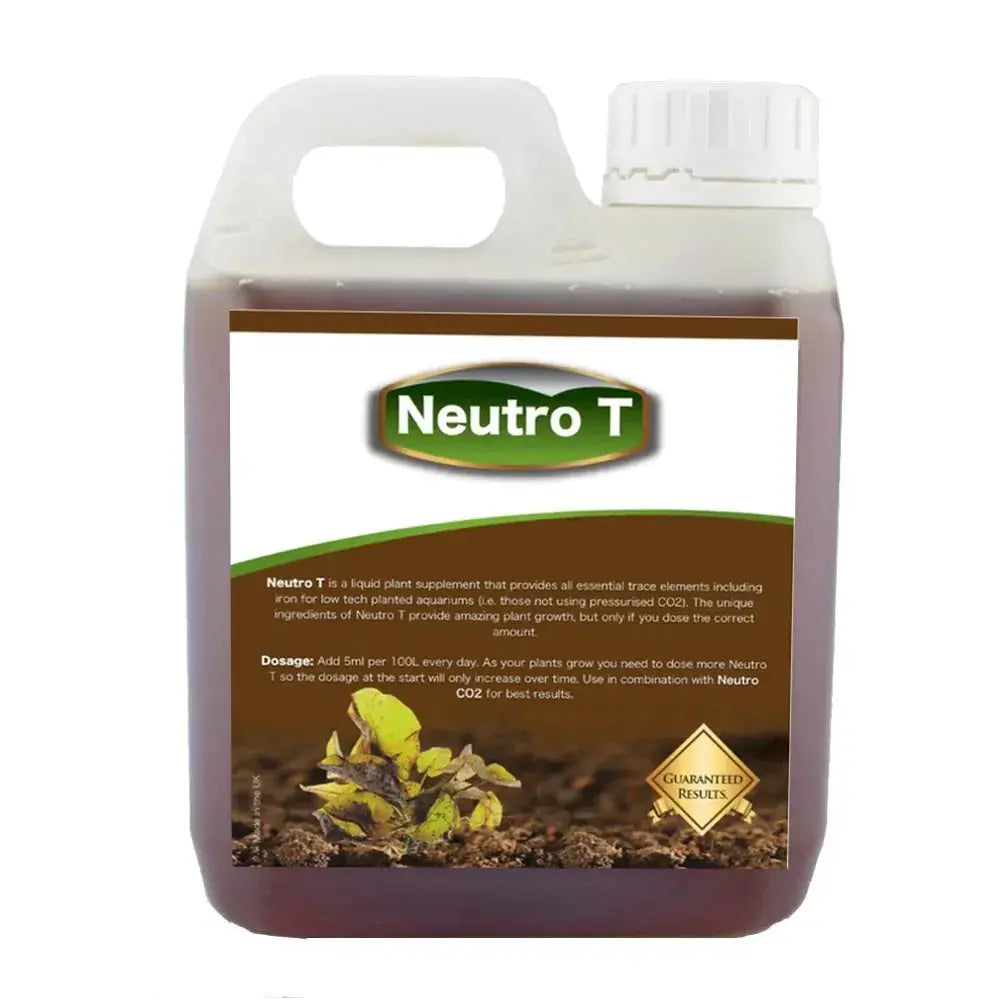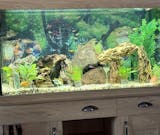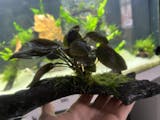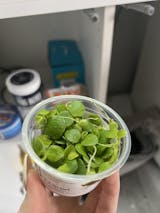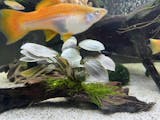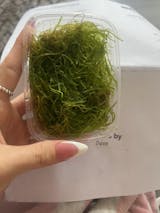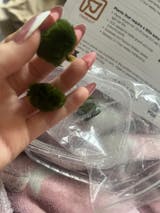When it comes to creating a thriving planted aquarium environment, many hobbysits turn to floating plants and rightly so. But what exactly are the benefits of using these unique plants into your tank? There's lots of benefits but let's strart with the first five:
1. Natural Filtration
Aquarium plants that float on the surface of the water play a crucial role in natural filtration. Often their roots will hang down into the water absorbing any excesses that might be building up.
2. Oxygenation
Floating plants are excellent oxygenators, releasing oxygen into the water through their leaves. They are typically fast growing because they are very close to the lighting allowing them to use every little bit of light available and because they float on the surface, they have superb access to carbon dioxide which means they grow extra fast.
3. Natural Habitat
Many fish species live in waters with floating plants, using them for shelter, breeding and foraging. By adding floating plants into your planted tank, you can create a more natural environment for your fish, which helps their wellbeing and allows them to exhibit their natural behaviors.
4. Aesthetic Appeal
In addition to their practical benefits, floating plants also add a beautiful and natural aesthetic to your tank. The vivid colours of floating plants (ranging from green to red) adds colour and style - not to mention it looks pretty cool seeing roots dangling down into your tank.
5. Easy Maintenance
Unlike rooted plants that require substrate, floating plants are really easy to maintain. Simply let them float on the surface of the water when they grow too big or too much, you simply recycle what is not needed. Not only that but a key advantage of floating aquarium plants (and maybe the biggest of them all) is the fact by adding them to your aquarium, they do of course block some light which tends to reduce algae growth that may have started to grow. So in essence, if you want less algae, add more floating plants.
So let's move onto which floating plants are available.
Tropica Limnobium laevigatum 1-2-GROW! (Amazon Frogbit)
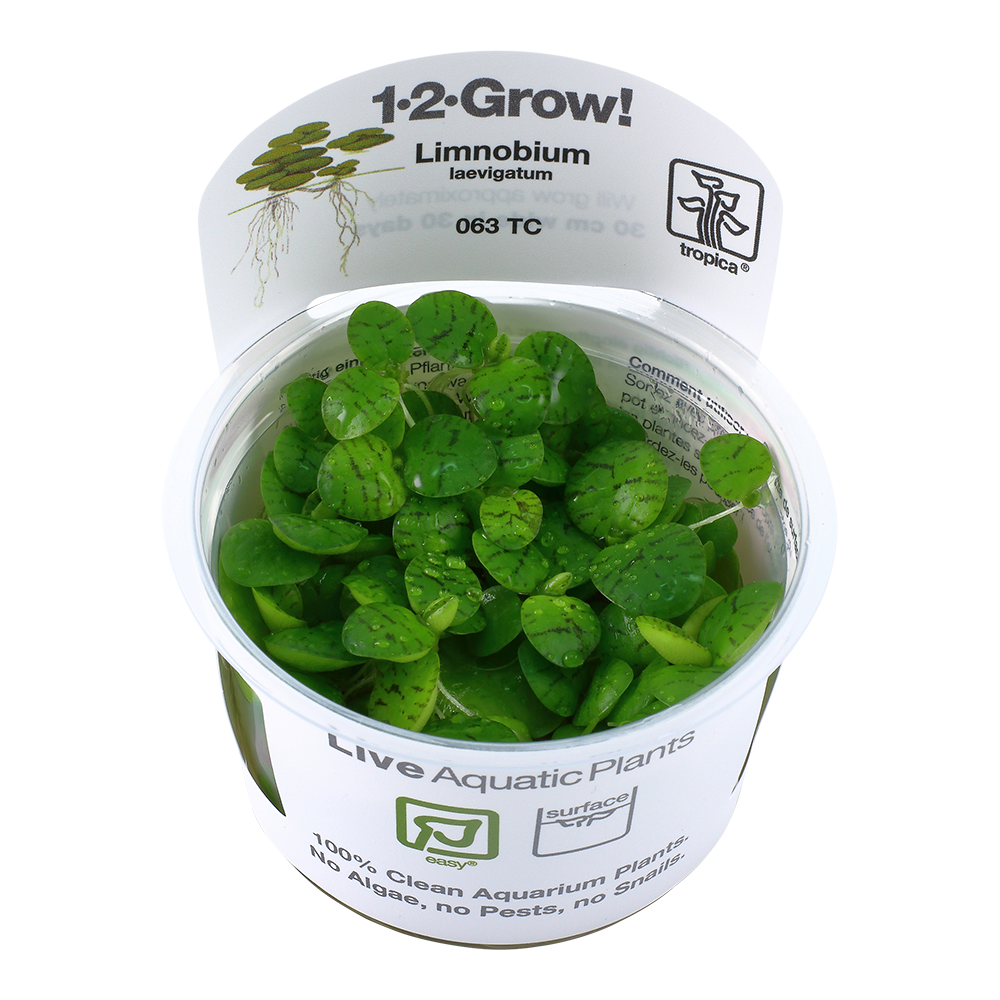
One of our favourite floaters here at Aqua Essentials. It's easy to grow and looks very exotic as well - like mini lilypads. Sold in tissue cultured cups they are guaranteed to have no snails or any other pests. The roots hang down very nicely so looks best in medium to large aquariums. Our number 1 choice of floating aquarium plant!
Tropica Phyllanthus fluitans 1-2-Grow!

This beautiful plant has the best colours of all the floating plants and spreads nicely. The leaf shape is not too large and the roots small. It needs to have an open top tank to flourish as it does not appreciate moisture sat on its leaves. That said, when it's really happy it does flower which is a real bonus!
Ceratophyllum demersum (Hornwort)
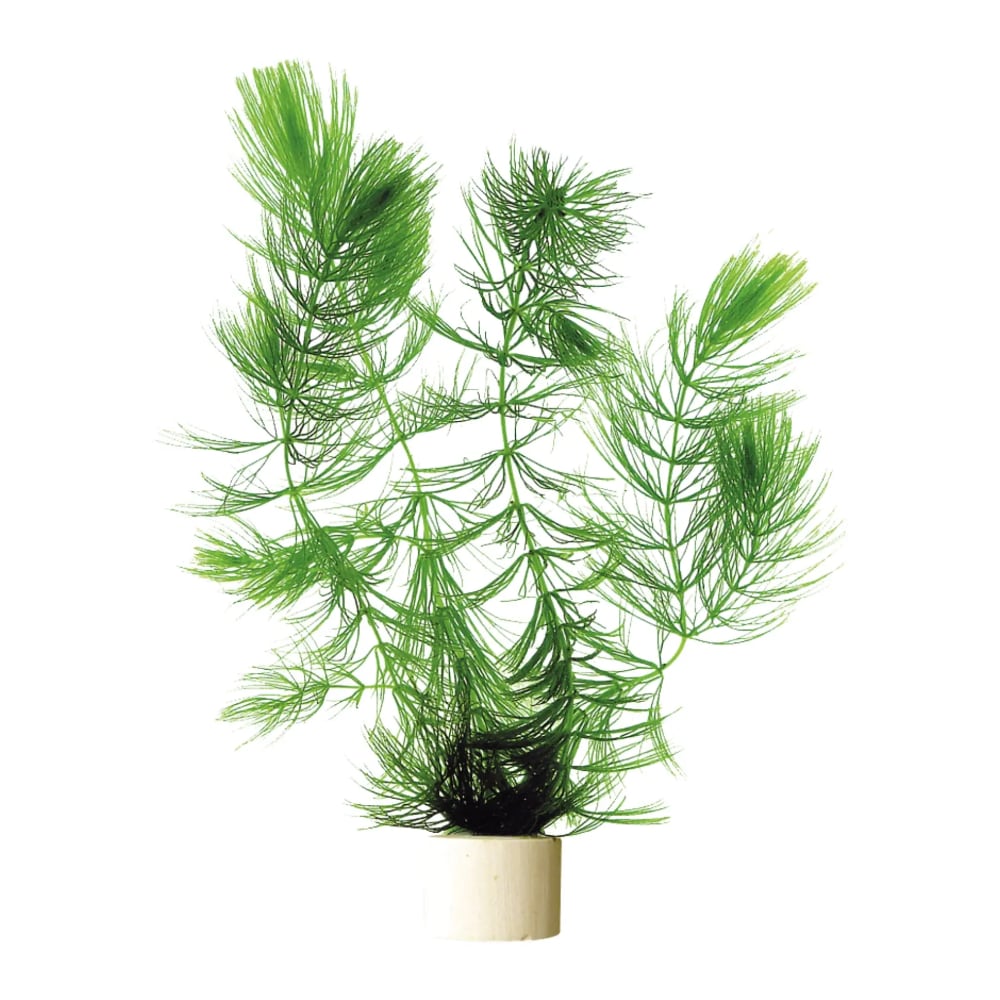
Possibly the most well known floating plant and quite common in the pond world, but we like this one here at Aqua Essentials because it's a fast grower and it will float but you can also plant it making it versatile. It does best when it's floating because it grows fast and fish (especially fry) love to hide amongst the protection t offers.
Tropica Salvinia auriculata 1-2-GROW!
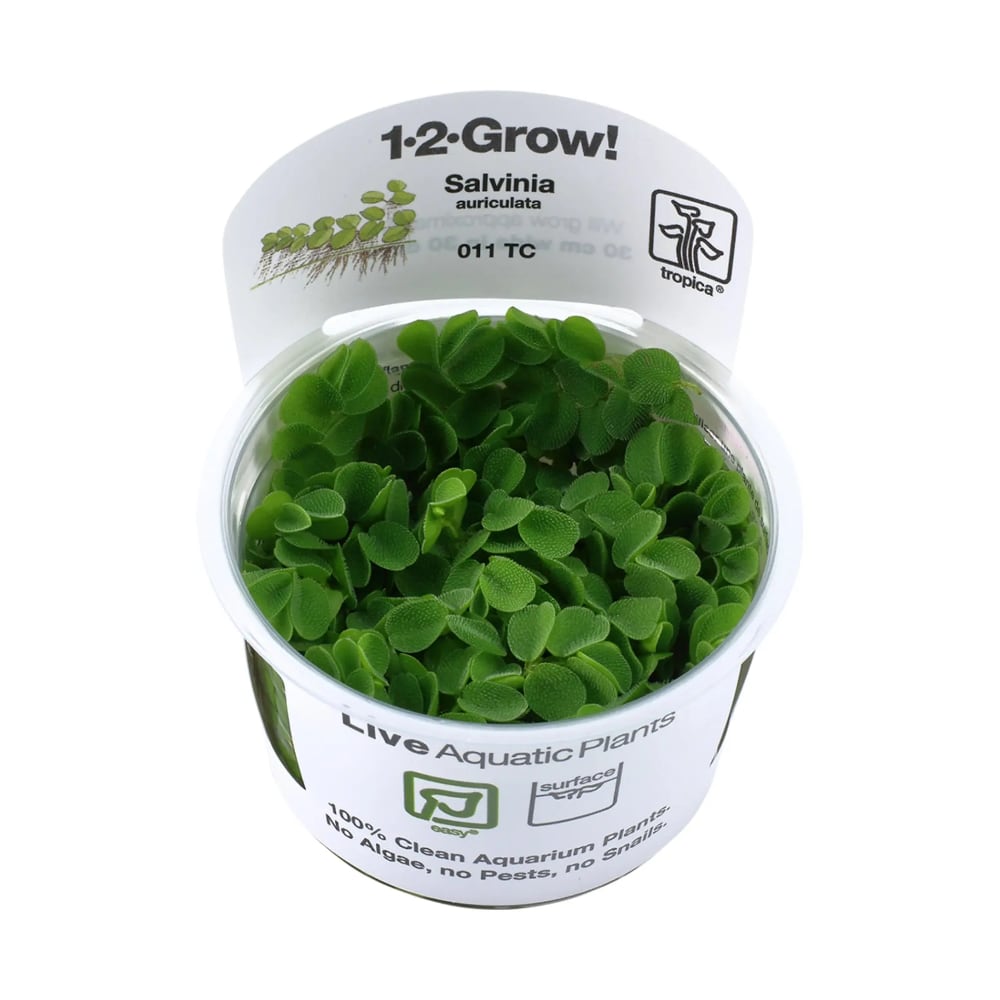
This small leafed floating aquarium plant is in the Easy to Grow category making it perfect for beginners. Compact leaves are very buoyant and waterproof which means they sit slightly above the water line. They spread steadily and easily but like Phyllanthus fluitans, they prefer an open topped tank to avoid the humidty levels getting too high which can saturate the leaves, causing them to sink and perish. If the tissue cultured pot isn't available, try the one's that we grow on here.
So there's a lot to get excited about for the Most Popular Floating Aquarium Plants and for good reason. The entire range of them makes it a unique time to not just add more plants, but to reduce algae growth, add shelter for your fish and make your tank look that bit more natural.



